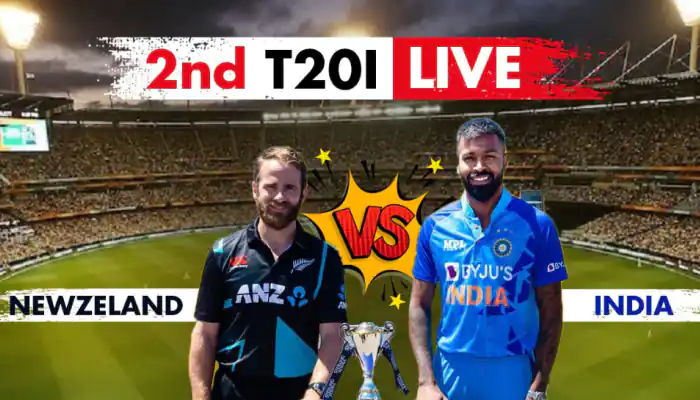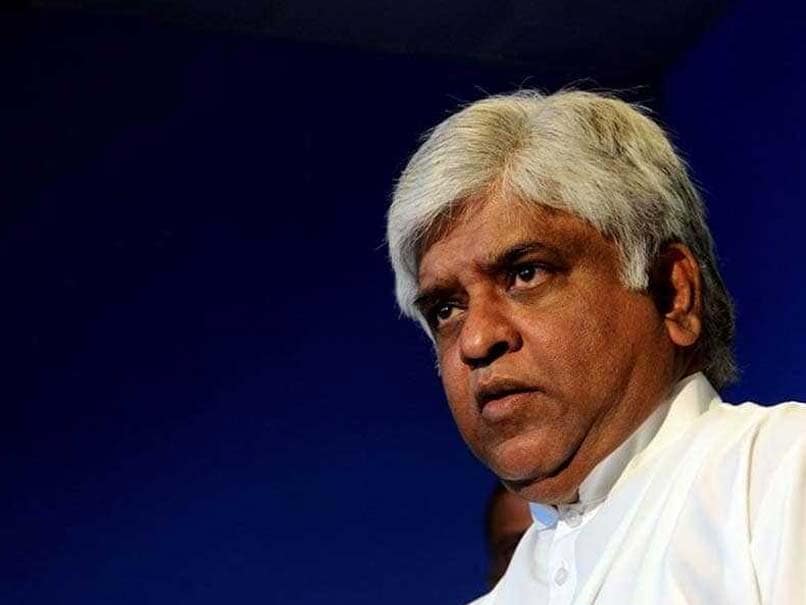One more series became one more forgettable series. Why would BCCI arrange for such meaningless games time and again is beyond me. Broadcasting deal to be honoured which will inturn result in more revenue. This seems to be the only motivation for the BCCI. Right after the T20 World Cup was finished, when no one, including the spectators wanted to watch any cricket for awhile, India went to New Zealand. What did India gain from the series?
Let me start with the gains though negligible
Shubnam Gill is quite impressive. He has all the shots and is not weak against any kind of attack. He has shown good consistency. His strike rate will be a concern but I would stick with him. Certainly, he will be an asset at the top of the order. T20 is not his game whereas he will thrive in ODI and Tests. I did not have much confidence in Shreyas Iyer. With his weakness against the short ball, he will prove to be a liability. However, he proved me wrong in this short series with his consistency. Yes, he still has the same weakness but atleast in ODI, he seems to have found a way to combat that.
Surya Yadav is a revelation in T20 cricket. The range of shots and the sheer daredevilry is something Indian cricket has never ever seen. Not even when Sehwag used to bad with abandon. Is he capable of playing a longer innings in ODIs as compared to T20s? I wouldn’t worry about whether he can bat for 15-20 overs but if can have the same impact in ODI as in T20, whereby he scores a quick 60-70 odd runs in about 6 overs, I will settle for that. With the imminent return of Rohit, Kohli and the dull Rahul, Surya will find it hard to dislodge anyone from the eleven though I will have him instead of Rahul.
Samson and Umran has future
Sanju Samson in his only appearance impressed. He played his shots and wasn’t perturbed by the fact that if he fails, he may have to wait for a longtime for another chance. It was a pity that he didn’t get too many opportunities. Another cricketer who was impressive was the quick Umran Malik. He has pace, there is no doubt about it. He has improved his control. He will be a threat on the slow pitches of India with his pace. It will be worth continuing with him or atleast have him in the squad so that he can mature quickly. It was a shame that another fast bowler, Kuldeep Sen was not given an opportunity. Together with Umran, Kuldeep would have had the rarest privilege of unleashing 2 express bowlers. I sincerely hope that Kuldeep gets opportunities during the year.
The biggest gain
For me, the biggest gain was Sundar. The impressive assault in the first ODI and the composed innings in the 3rd ODI, points to a mature mind. I have always thought that Sundar is a batsman who bowls. The batting talent that he has showcased so far on the international front is exemplary. Someone who can hook the best bowler in the world over the top of square leg for a six on his debut under extreme pressure must be a good batsman. He showed that in this short series. The team management will have to find a slot for him in the eleven. Mainly in Tests and ODIs. The top order does not contain a single batsman who can bowl. Sundar is a proper top order batsman.
What were the negatives
The answer to that question is, plenty. It does not really matter who the personnel is at the top of the order. The initial overs will always be wasted. Shikhar Dhawan, despite his excellent consistency, often takes way too long to settle down. It will be a huge surprise if India go beyond 50 in the first 10 overs. Dhawan will have to take a lot of blame for that. He fails to rotate the strike which adds to the pressure. 2023 will be ODI World Cup year. India who have been following a dated approach in limited overs cricket, will have change that approach. Dhawan, I don’t think belongs.
The only aspect if favour of Dhawan is that he is left-handed. An aspect that India does not boast too many of. He will certainly be in that starting eleven in the WC but I am afraid that will be a wrong move. Gill will be a better prospect than Dhawan.
Batting in general is a bigger concern. None of the batsmen showed any urgency while batting. The team far too often seems to settle for par score, which is just above 300. How long will it take for them to realise that 335 is the par score in ODIs against tougher opponents. The 90s concept of taking it slow during the initial 15 overs, followed by a slow surge in the middle overs and a gate crash in the final overs will not always work. It was in display at the T20 World Cup against England and yet, it is painful to see the team carrying on in the same vein thinking that nothing is wrong in their approach.
The last time when India toured New Zealand, they chased 347 in 47 overs.
Wrapping up what did India gain from the series?
This series clearly shows that it does not matter who the personnel is or who the coach is. The team will just not change their approach to white ball cricket. For the average Indian fan, it is painful to watch. The time is quite ripe to reintroduce a foreign coach atleast for white ball cricket. Both Dravid and Laxman played in an era when taking risks wasn’t an option. Now, the game has changed beyond recognition and the Indian team is way behind the eight ball. With this approach, baring a miracle, it will be safe to assume that India will not proceed beyond the semi-finals in the ODI World Cup. That too if they are lucky enough to reach semi in the first place.



